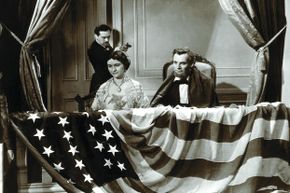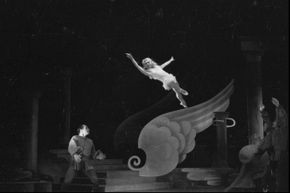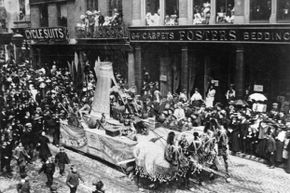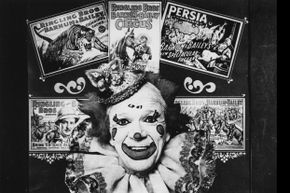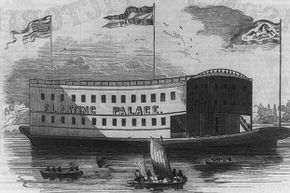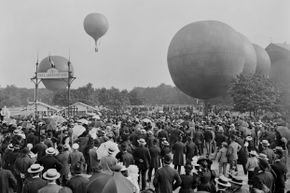Strange facts about the circus are plentiful. The circus is — simply put — weird. Part of its appeal is that it's outside the realm of normal: We don't usually pet tigers, swing from a trapeze or watch clowns pile into a car. Since there's a lot that's "weird" about circus acts, we chose to include facts about its origins and legacy that may surprise you.
Here's a start: It might shock you that the circus is still a wildly popular business. Feld Entertainment, which owns Ringling Bros. and Barnum & Bailey Circus, had an estimated $1 billion in revenue in 2013, and the owner of Cirque du Soleil is worth an estimated $1.8 billion [source: Mac].
Advertisement
Let's take a look at some strange circus facts that made the bizarre and fantastic circus what it is today.




